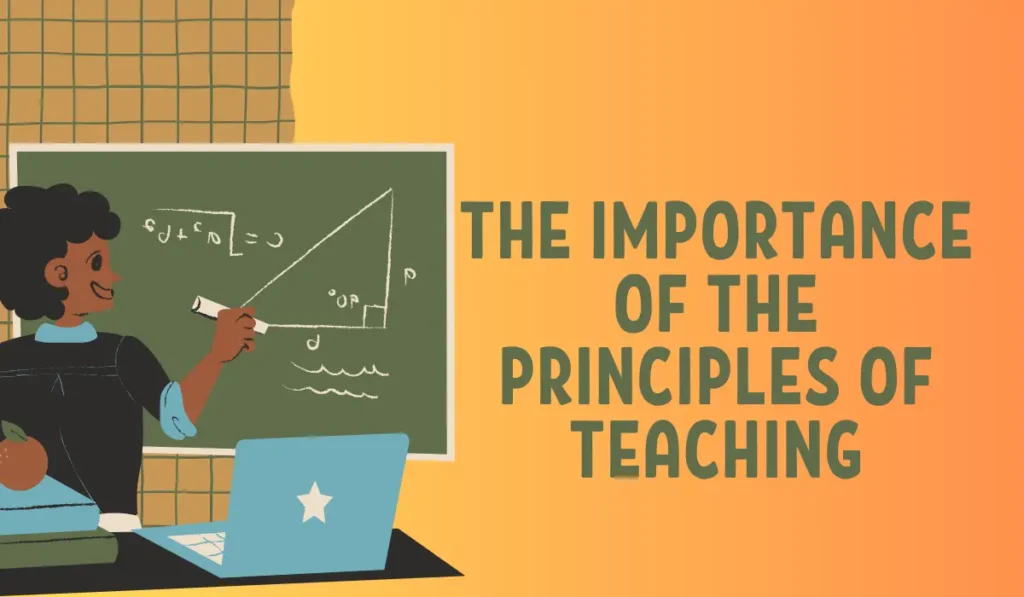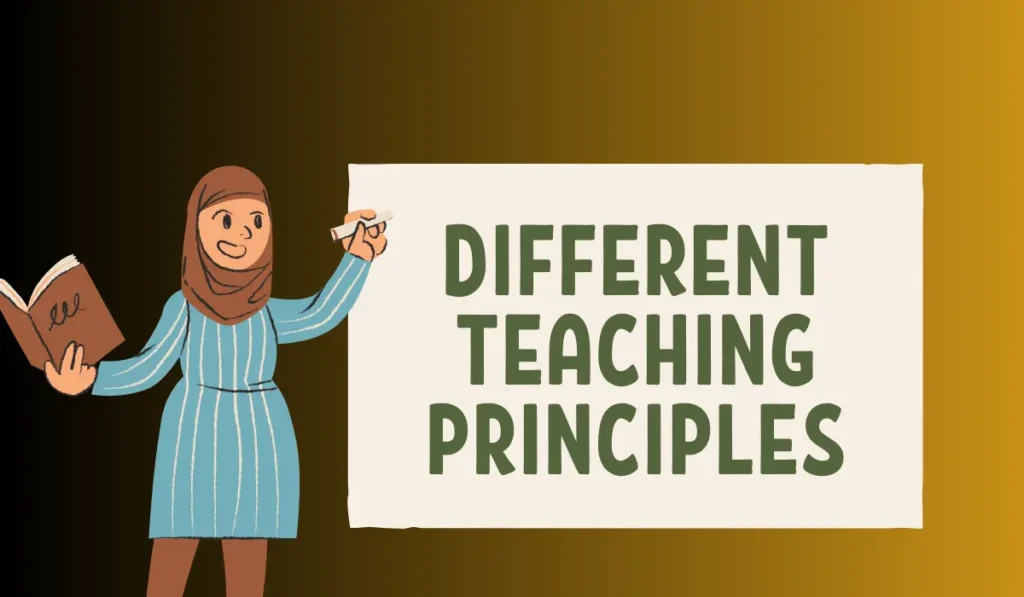The principles of teaching refer to the fundamental guidelines and beliefs that guide educators in their instructional practices.
These principles provide a framework for effective teaching and learning, helping teachers create a positive and engaging learning environment for their students.
By understanding and applying these principles, educators can enhance student learning outcomes and promote academic success.
The Importance of the Principles of Teaching

Teaching is a noble profession that requires a deep understanding of the principles that guide effective instruction. These principles serve as the foundation for creating a positive and engaging learning environment for students.
Without a solid grasp of these principles, educators may struggle to connect with their students and deliver meaningful lessons.
- Understanding the principles of teaching allows educators to tailor their instruction to meet the diverse needs of their students. Every student is unique, with different learning styles, abilities, and backgrounds.
- The principles of teaching enable educators to create a positive and inclusive learning environment. Students learn best when they feel safe, supported, and valued.
- In addition, understanding the principles of teaching helps educators effectively manage their classrooms. Classroom management is a crucial aspect of teaching that involves establishing routines, setting expectations, and maintaining a productive learning environment
- Moreover, it empowers educators to continuously reflect on and improve their instructional practices. Teaching is a dynamic profession that requires constant adaptation and growth.
Different Teaching Principles

The principles serve as a guide for educators to create effective and engaging learning experiences for their students. In this article, we will explore the principles of teaching and how they can be applied in the classroom.
The first principle of teaching is to create a positive and inclusive learning environment. This means fostering a sense of belonging and respect among students, regardless of their backgrounds or abilities.
Another important principle is to tailor instruction to meet the individual needs of students. Every student is unique and has different learning styles, strengths, and challenges. Effective teachers recognize this and adapt their teaching methods accordingly.
The principle of active learning emphasizes the importance of engaging students in the learning process. Rather than passively receiving information, students should be actively involved in constructing their knowledge.
Teachers can achieve this by incorporating interactive activities, such as experiments, debates, or problem-solving tasks, into their lessons.
Assessment is another crucial principle of teaching. It involves gathering evidence of student learning to evaluate their progress and provide feedback. Effective assessment goes beyond traditional tests and quizzes.
Collaboration is a principle that extends beyond the classroom. Teachers should actively collaborate with colleagues, parents, and the wider community to enhance the learning experience. By sharing ideas, resources, and best practices, teachers can continuously improve their teaching methods.
The principle of lifelong learning emphasizes the importance of continuous professional development. Teaching is a dynamic profession, and educators must stay updated with the latest research, trends, and technologies.
Q&A
Q: What is the question-answer method and how is it used in problem-solving or learning?
Ans: It involves asking questions about a topic or problem and then seeking answers to those questions. This method helps to engage the learner’s curiosity and encourages active participation in the learning process.
Q: How does the Question-Answer Method work?
Ans: The Question-Answer Method is a technique used to facilitate learning and comprehension by engaging learners in a series of questions and answers. This method encourages active participation, and critical thinking, and helps reinforce understanding of the material being taught.
Conclusion
The principles of teaching provide educators with a framework to guide their practice and promote effective learning experiences for students. These principles emphasize the importance of creating a positive and inclusive learning environment, tailoring instruction to meet the diverse needs of learners, and promoting active engagement and critical thinking. Additionally, teachers should prioritize continuous professional development and reflection to enhance their teaching strategies and adapt to the ever-evolving educational landscape. By adhering to these principles, educators can foster a love for learning, empower students to reach their full potential, and ultimately contribute to the success and well-being of their students.


